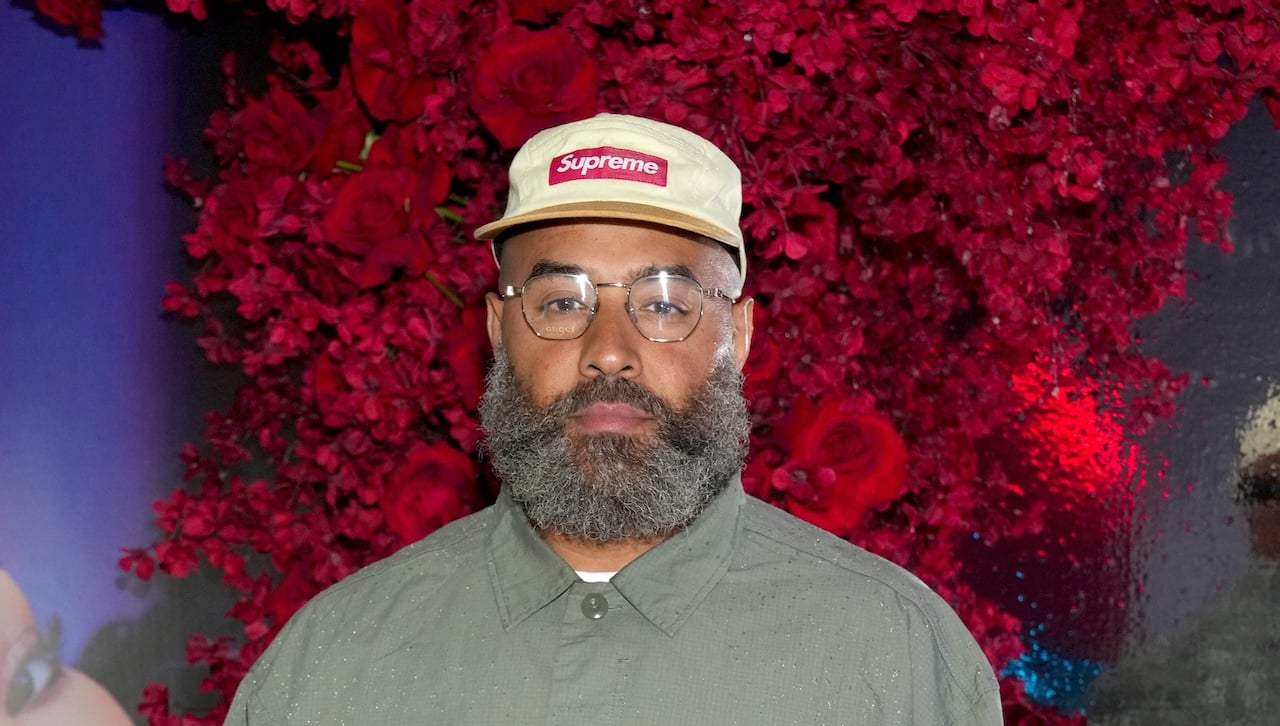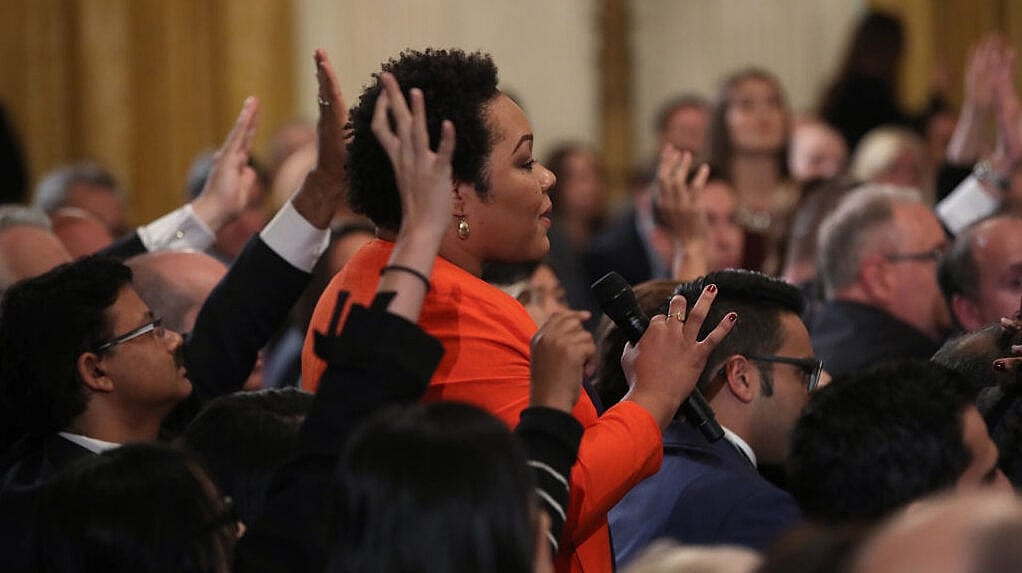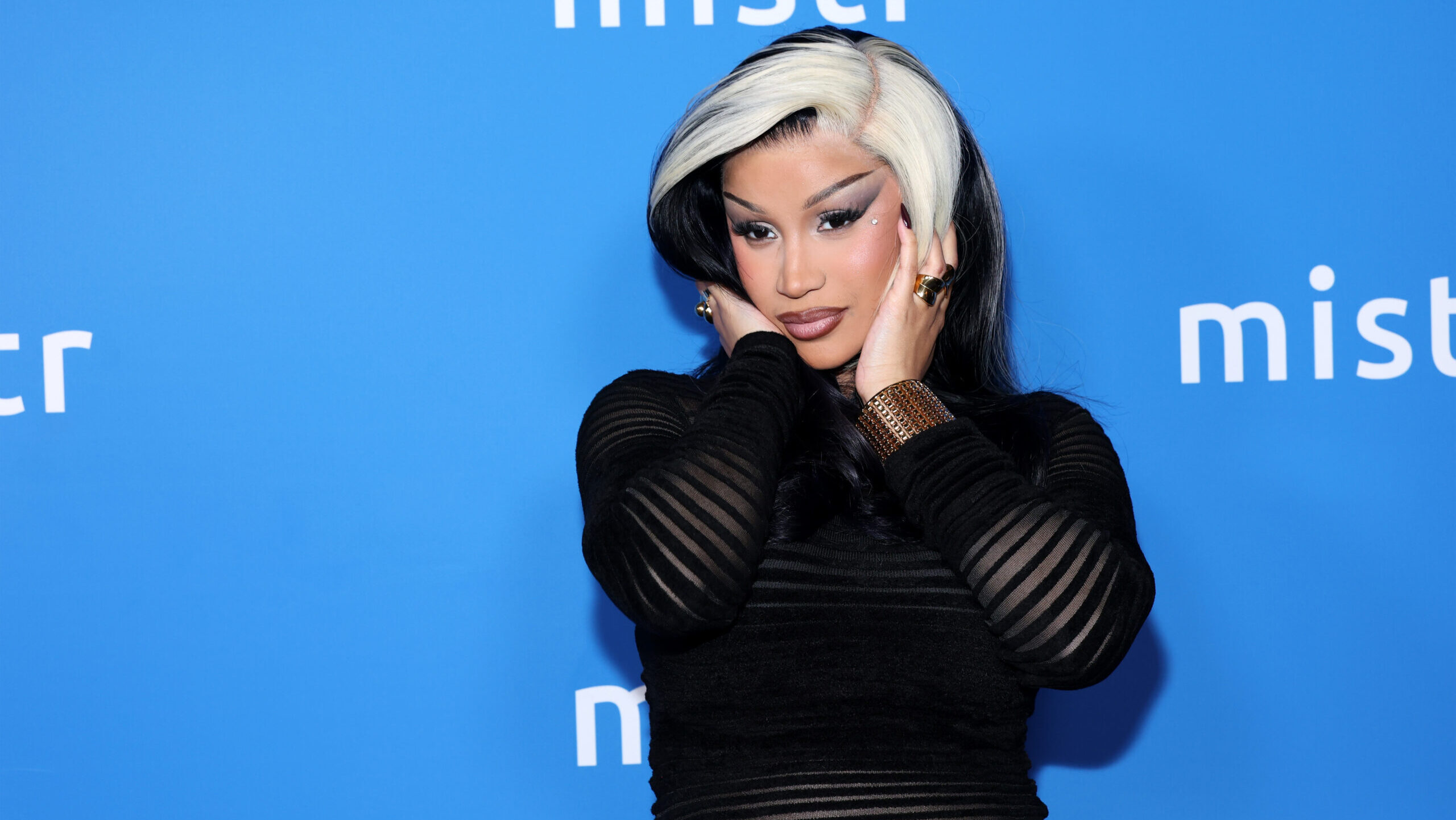From a main character (a raccoon) with autism in the new show Carl the Collector to integrating American Sign Language (ASL) interpretation into more of its programming, PBS KIDS is paving the way for people with disabilities and different approaches to learning to feel seen, while helping others learn how to better include people with disabilities.
But what needs to be considered when creating this type of content, and how do they make it work so the show is authentic? It starts with a vision by the content creators and expands to include a support team of experts.
Sara DeWitt, senior vice president and general manager of PBS KIDS, has been at PBS for over 25 years and was the second person hired to work on the PBS KIDS website when it was launched. As a former preschool teacher and field researcher who studied the media habits of children in rural areas, DeWitt’s background connects to the work she does for PBS KIDS today.
“When we think about accessibility, it comes in a bunch of different forms for us,” she says. “First, it’s representation within the shows themselves and thinking about how we are really mirroring the lives of real kids to our audiences…. [Second] is making sure as many kids as possible can access our content, and that is through thinking about digital access and what kinds of devices kids are using…. The third piece is the accessibility. That’s more about making sure that our content is truly accessible to kids who need accommodations.”

Creating the right team
The first step was to build a team of people familiar with the disability space. “The creator of [Carl the Collector, Zachariah OHora], felt very strongly… it was necessary that we had people with autism in all levels of production,” DeWitt says, adding that her team at PBS KIDS strongly agreed.
There are autistic writers and advisers working on the show, and the series director, Lisa Whittick, has a son with autism, which adds a parent’s perspective. “For casting, it was really important that Carl and Lotta, the two characters who have autism, that they would be voiced by autistic actors,” DeWitt says. “They just weren’t finding the kids [through the normal casting channels]. And so what Lisa did was reach out to her own parent support groups… to do an open call. And that’s where they found the two kids who are voicing those two characters.”
Ensuring authenticity
In order to add ASL to various shows, PBS KIDS worked with Fred Rogers Productions, GBH Kids, Bridge Multimedia, and the Described and Captioned Media Program. “[Our producers are] really enjoying the experience of casting also for the [ASL] interpreters because they’re looking for interpreters who really either also help represent the cultural background of the characters who are in the shows themselves, or really have a way of expressing and connecting to [them],” DeWitt says, adding that there are various interpreters who fit with the themes of the different shows.
“If you watch the Arthur [episodes with ASL, the interpreter has] glasses just like Arthur,” she says. “It’s not the same interpreter for every single show. [Producers] really are looking for interpreters who can make the show kind of come alive in a way that feels really important.”
They also consider how kids visually see the show’s content so it’s engaging and accessible to everyone. “We brought in a group of advisers, and we now have several people in the building who are our kind of go-to experts to be looking at all of our designs… to make sure that we are using accessible colors and that the contrast is such that kids will really be able to see things clearly,” DeWitt says.
Making sure everyone can access content
Aside from making their shows authentic, PBS KIDS creators work hard to ensure all children have access to their content. They know that many kids use second- or third-generation devices. “Even higher-income kids are more likely to be accessing content on second- or third-generation devices because they’re taking hand-me-downs from their parents or from older siblings,” DeWitt says. “Lower-income kids are likely to be on a shared device, maybe on a data plan as opposed to more consistent broadband access. [They] might be accessing us from a library or community center.”
So, the creators try not to overstress data plans. Their games can be downloaded when someone has reliable Wi-Fi and played even when disconnected from the internet. The producers also make sure their shows and games can download quickly and easily, and games are built with HTML5, which makes them accessible across mobile and desktop devices.
What’s in store for the future
“We always want to stay true to our mission and continue to innovate and use tech for good,” DeWitt says. “Our next step is to expand some of these tools and experiences to more of our library. We’re working on adding ASL interpretation to more shows and expanding the accessibility tools to more of our games. We’re also continuing to add more Spanish translations and descriptive audio on streaming video. And getting the word out is critical. We’re looking for more ways to make sure that the families who need these features the most know that they can find this content on PBS KIDS.”
Photo courtesy of PBS KIDS




